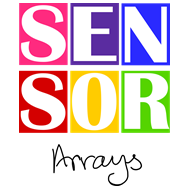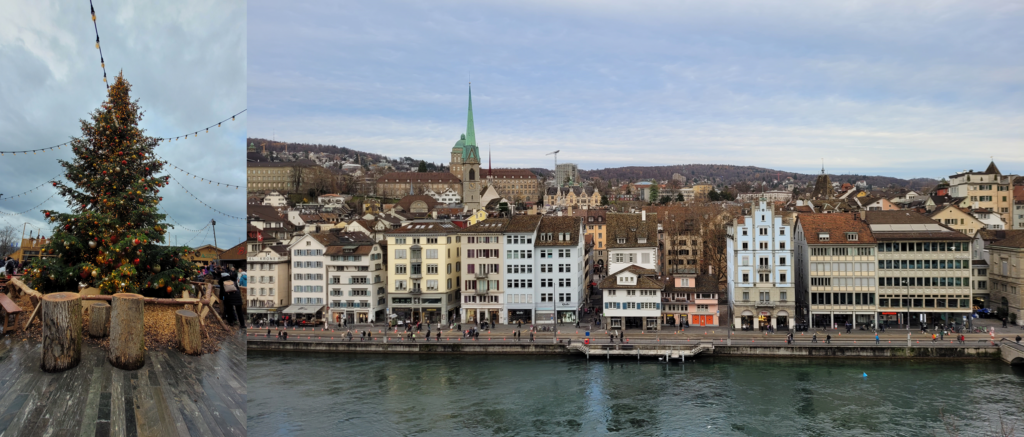Dr Nako Nakatsuka from the Institute for Biomedical Engineering, ETH Zürich, Switzerland, visited the institute on the 26th of October, giving a talk in the Advanced Lecture on Bio-inspired Chemistry series of the Doctoral School. After the talk, she visited a few labs, including ours. This allowed us to exchange ideas, and Dr Nakatsuka was kind enough to agree to teach us more about aptamers at her lab.
Martyna, Steven and Emilia visited Nako on the 11th and 12th of December. First, Emilia gave a talk about the work of the Sensor Arrays group, which sparked a conversation with Laboratory of Biosensors and Bioelectronics (LBB) members. Later the Sensor Array team met with Prof. Dr. Janos Vörös -leader of the LBB group, Nako and her PhD student, Annina.
The LBB group is a dream to aspire to. They work in biosensors, bottom-up neuroscience, and stretchable electronics for neuroapplications. It is important to share the ideas further so they have several startup companies, and Emilia had the chance to talk to members of Hemetron working with paper-based lateral flow assays.
Together with BSc and MSc, the group has around 40 members! Prof. Vörös keeps the flow of knowledge through many integrational activities (trips, best cake award, evening kitchen get-togethers), seminars, and many others. We especially loved the social room screen, which passes the team members’ current research questions.

There are some ground rules: The questions should not be Yes/No type; something that you do not know the answer to; 1-3 slides that explain the problem and the question written explicitly. It should serve as an invitation for collaboration with other group members and be followed-up by approaching each other.
When you have a break, drinking coffee from a fantastic coffee machine, you may get an idea how someone could eliminate the noise in their measurement, or solve someones problem with leaking channels, etc.
The whole space is excellently organized, offices are colourful, and walls allow you to write or hang notes; there are stands for posters, and on the entry to each lab closets with goggles and lab coats. Also, each lab has a tablet at the entrance, which shows who has logged in to work in the space. That would solve the IPC PAS problem with checking if at least two people work together if they stay after 6 pm. There is also no need for written permissions to use the kitchen for social events. There is even a stock of beer and wine that you can use and pay what you spend on a designated account. No written permissions. It is just a well-designed place that fosters collaboration and exchange of thought.
Amazing! It is hard not to fall in love with this lab.

Nako and Annina showed us how to prepare gold surfaces to immobilize aptamers and how to prepare aptamers for the reaction. The following day, we were testing Martyna’s electrodes in her electrochemical setup, and Steven was trying to see if the modification worked using fluorescent probes. It was a short but intense learning experience.
Thank You, Nako, for the chance to learn about aptamers from the best!
And for a taste of Zurich, with the Singing Xmas Tree (this year is its 25th anniversary)
Martyna’s and Emilia’s visit were financed from the National Science Centre NCN Sonata grant no. 2020/39/D/ST4/02256


